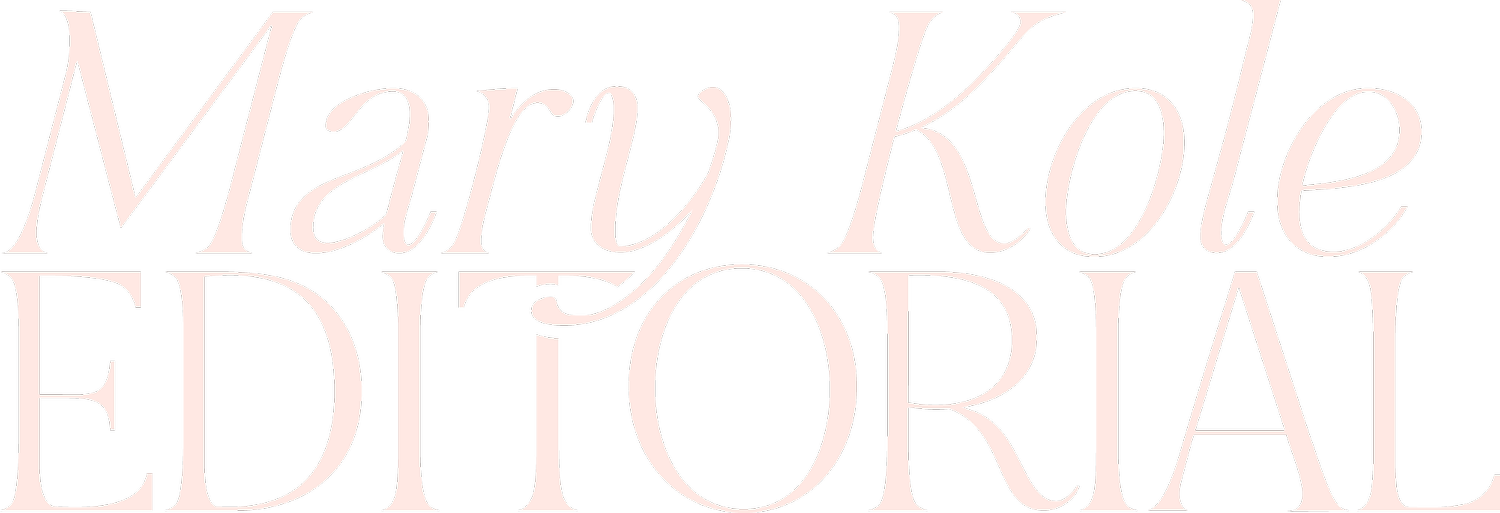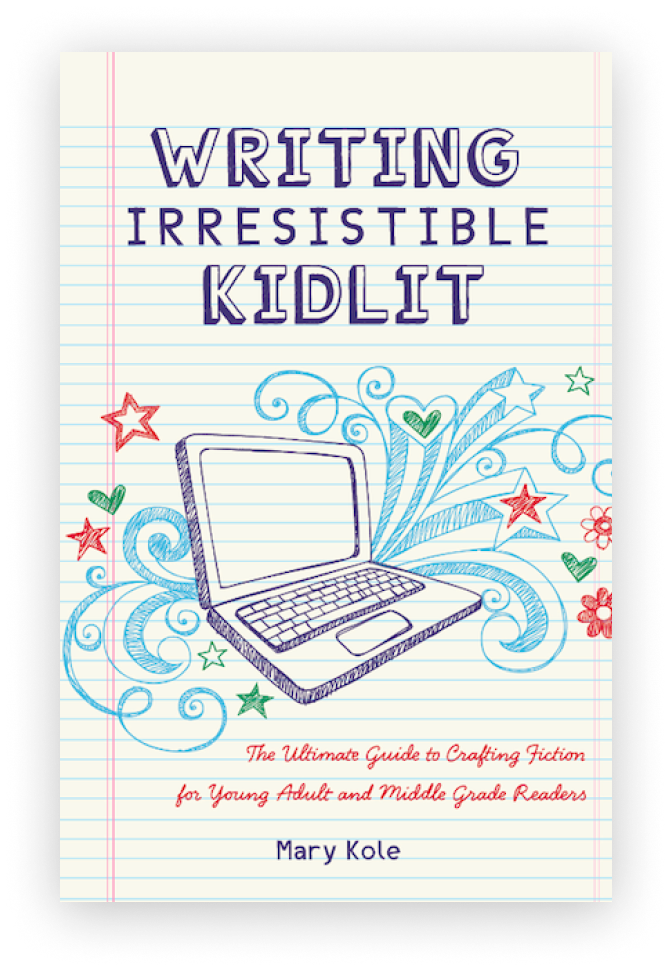Understanding Fiction Tropes
By Mary Kole
Mary Kole is a former literary agent, freelance editor, writing teacher, author of Writing Irresistible Kidlit, and IP developer for major publishers, with over a decade in the publishing industry.
As an aspiring writer, you should make sure to understand the concept of book tropes. You might have often come across the term "tropes," but may not have grasped its actual meaning in storytelling and entertainment culture. Book tropes serve as familiar themes that readers can relate to, which writers can use to build their story framework. It can be a tricky balance: throwing in enough familiarity that readers feel comfortable while also offering something fresh enough that readers don't get bored or feel like your work is derivative. Here's my guide to help you better understand book tropes, identify common types of tropes, and use them to create engaging and unique stories that satisfy your target audience.
What Are Story Tropes?
Let's start with a brief overview of what "tropes" means in the publishing industry. Tropes refer to recognizable and predictable scenarios, archetypes, plot points, or characterizing details. Writers often use them to create structure and familiarity in their stories. The most popular and traditional genres like romance, mystery, thriller, science fiction, and fantasy have some standard tropes. For instance, romantic comedy books often portray the "enemies to lovers" book trope, where the initial dislike between the main characters turns into passionate love. The back-and-forth nature of the feelings involved can make readers care. Fantasy novels commonly use the "chosen one" trope in which a protagonist, often a young adult, is fated to defeat a powerful evil antagonist or otherwise bring about a change in their world.
Playing with Book Tropes
Let's dive a little deeper into various types of tropes. A widespread trope found across multiple genres is "the mentor," and this comes from the hero’s journey cycle which was popularized by Joseph Campbell. Whether you write a mystery or romance novel, you'll likely have a mentor character who helps your protagonist achieve their goals. Another popular trope is "the damsel in distress," commonly used in romance novels where the female protagonist needs rescuing by the male lead, though tropes like this one are usually subverted or turned on their ear in order to offer the target audience a fresh twist. This trope is becoming less popular over time as more modern books feature strong female characters that don't need rescuing, and that’s another thing you need to know about book tropes—what’s popular and what’s not changes, so it’s a good idea to research what’s currently trending, especially if your goal is writing to market.
When choosing tropes, it's vital to understand what they entail and what your target audience expectations are. For example, if you're writing a romance novel, you want to make sure to satisfy standard tropes, such as a happy ending or a “happy for now” resolution. Readers expect them, and it would be a considerable risk to stray from the basics, unless you have a very intentional reason for doing so. Playing these tropes can also be a powerful tool to set your story apart from others. For instance, instead of the typical love triangle trope, try adding a fourth character to the mix to surprise readers and keep them guessing, and take advantage of a poly love story keyword. Romance novels, out of all the genres listed here, tend to be very trope-forward. Don't be afraid to get creative with your chosen tropes, as long as you’re coming from a place of understanding for the tropes you’re disassembling.
Another crucial aspect of using tropes is understanding your target audiences. Different genres come with their set of tropes and expectations. For instance, readers who enjoy mystery or thriller fiction would expect a tightly woven plot with whodunnit twists and an exciting resolution. On the other hand, readers who enjoy contemporary upmarket fiction look for an escape from reality and relatable characters they can root for. Make sure you have a clear understanding of who you're writing for when exploring various book tropes.
Knowing the different tropes and how to use them effectively can help you write a fantastic novel that will make readers care. By using tropes, you create a sense of familiarity and guide your readers through your story, all while adding a fresh and personal twist to hook the reader and them engaged. Be intentional in your selection of tropes and understand what readers expect from them to create compelling, memorable stories.

Click here to purchase Writing Irresistible Kidlit, my book on fiction craft for MG and YA novels, out from Writer's Digest Books. This will show you my writing craft philosophy and give you lots of valuable advice, including tips for the novel revision process and self-editing. There are over 35 example novels cited and discussed throughout. It’s a valuable resource for any writer’s toolkit.
Click here to purchase Irresistible Query Letters, my book on query letters, including over forty examples with comprehensive notes on each one. There’s a ton of submission advice, best practices, and insider information in these pages, and you’ll really enjoy seeing what other writers are doing in the slush.
Click here to purchase Writing Interiority: Crafting Irresistible Characters, my book on interiority and character creation. Explore your protagonist’s thoughts, feelings, reactions and interpretations, expectations, and inner struggles to create a rich, immersive experience. This guide will empower you to create characters who live and breathe on the page, fostering an unbreakable bond with your audience.





